Bob Ross wasn't just a famous painter; he was a man with a heart of gold. Known for his magical ability to transform empty canvases into masterpieces, his show "The Joy of Painting" remains beloved by fans. Though it concluded in 1994, the show's videos remain popular online. In Episode 4 of Season 2, which has recently gone viral, Bob meets a colorblind fan who believes he can't paint. In a warm and inspiring response, Bob demonstrates how to create art using only grey and white.
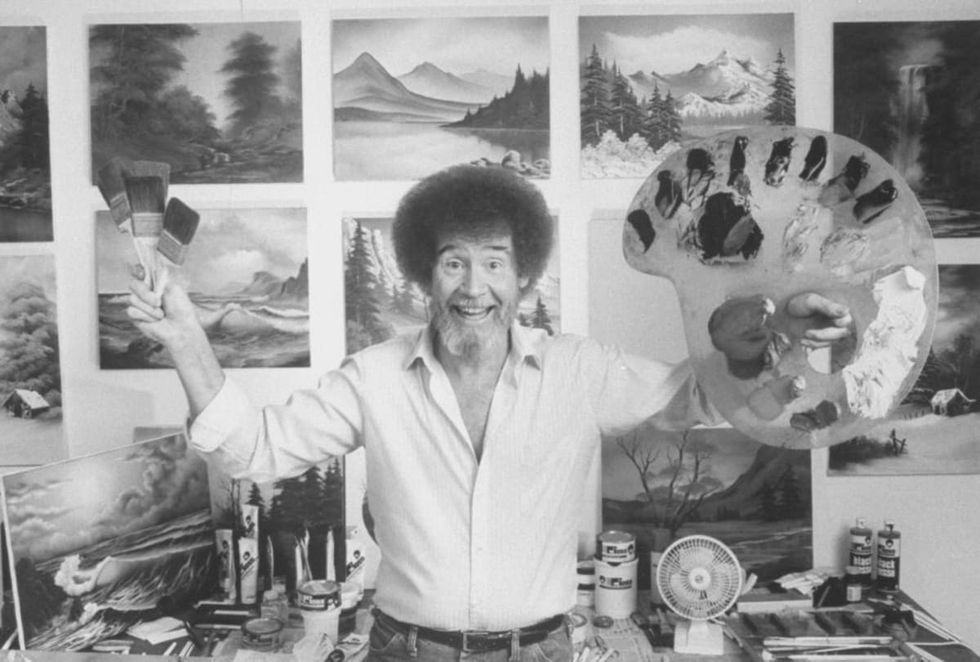
In the episode uploaded on YouTube by "The Joy of Painting" channel, Bob Ross talks about a fan who felt he couldn't paint because he was colorblind. Bob shares, "Just recently, I was doing a demonstration in a mall, and I had a man come to me, and he said, 'Bob, I could never paint because I'm colorblind. All I can see is gray tones.' So, I thought today we'd do a picture in gray just to show you that anyone can paint."
In the next scene, Ross explains how he'll demonstrate a painting using only hues of browns and blues mixed with white. He dips his brush into the palette, and the camera zooms in on the white canvas as Ross instructs, "Keep moving the brush in circular patterns."

Ross narrates the painting process as the video continues, demonstrating how to effortlessly dab the paintbrush across the canvas. The first elements emerge with a grey sky and clouds. He then adds mountains, using shades of grey and white.
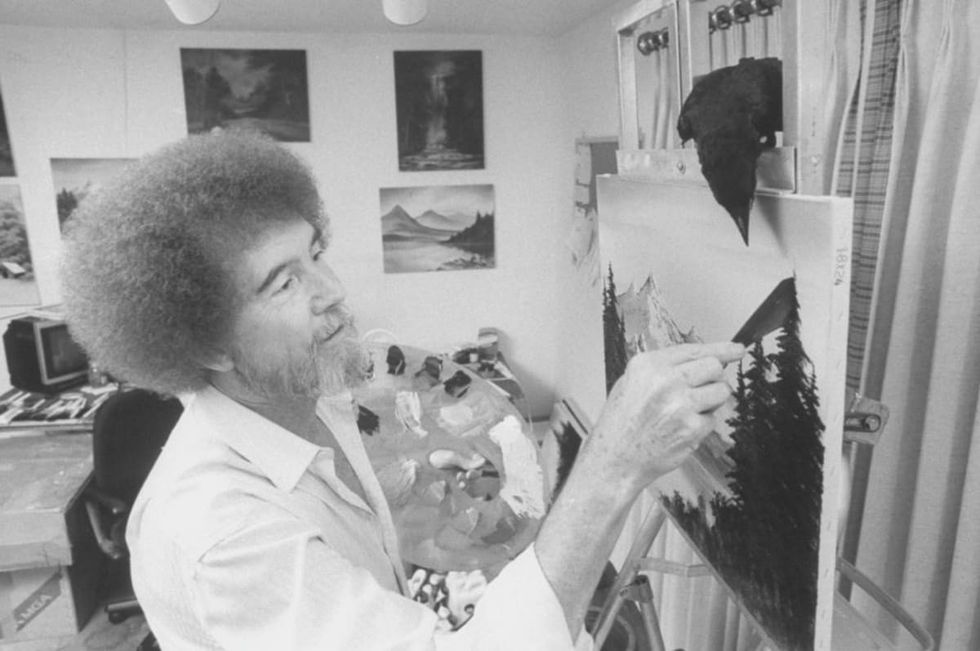
The American painter tells his viewers that a painting is a "game of angles." He draws a mountain with his palette knife in less than a few minutes. He encourages his viewers, saying, "Isn't that fantastic? That you can make whole mountains in minutes? And you can do it. There's no big secret to it. All you need is a dream in your heart."
In the last segment, he adds elements like trees and a river overlooking the beautifully painted mountains. He adds a small cabin house with the mountains in the backdrop. In the concluding moments of the video, he explains, "There is no limit to any color, any color will work as long as you use the basic method."
"The Joy of Painting," Bob Ross' half-hour instructional TV show, aired from 1983 to 1994 and was widely popular. In each episode, Ross taught landscape oil painting techniques. Sadly, he passed away in 1995 from cancer, but his rich legacy lives on.
The YouTube clip uploaded by the channel has been viewed over 3 million times and has 44,000 likes. People have expressed their reactions towards the painting with words of encouragement. One user, @treyliles117, commented, "Bob Ross wasn't just a painter. He was a magician."


This article originally appeared 4 months ago.





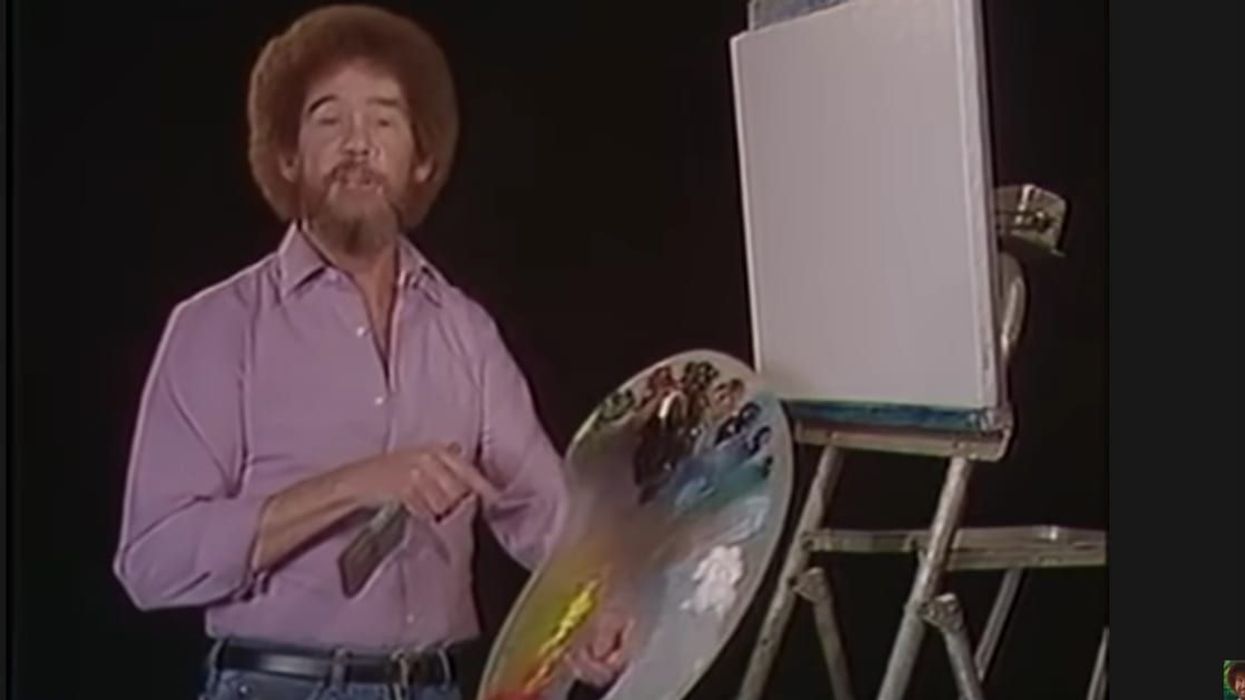







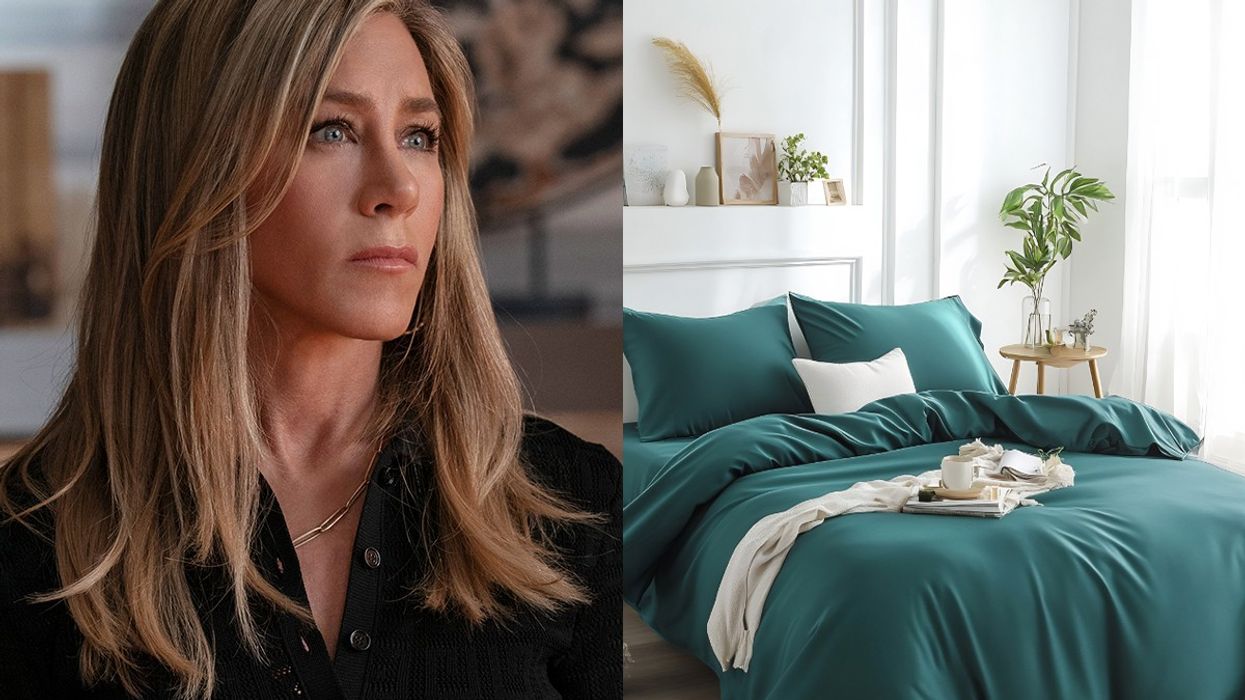
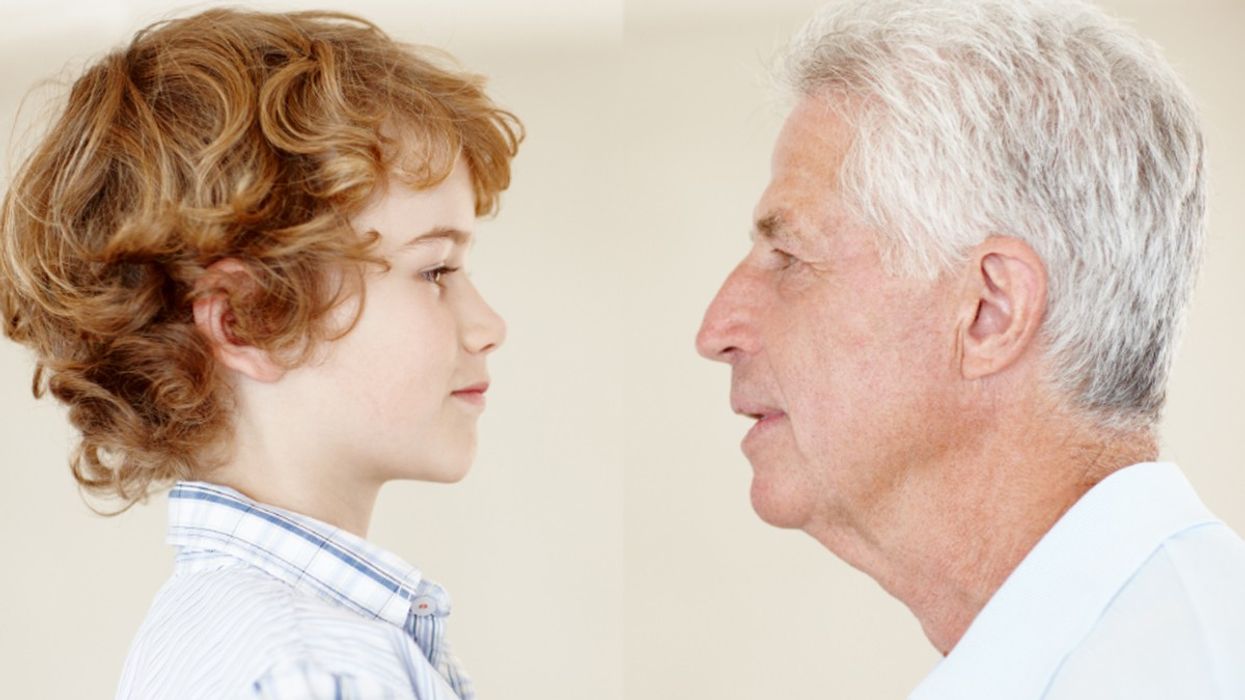
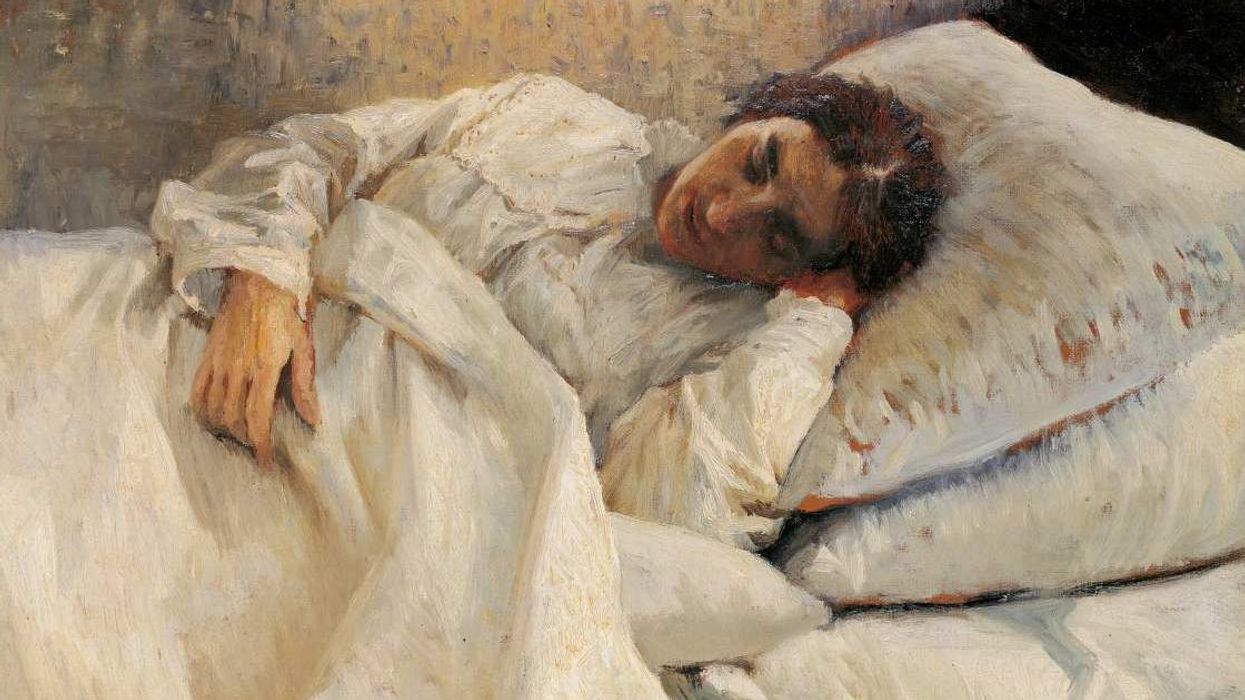








 Ladder leads out of darkness.Photo credit
Ladder leads out of darkness.Photo credit  Woman's reflection in shadow.Photo credit
Woman's reflection in shadow.Photo credit  Young woman frazzled.Photo credit
Young woman frazzled.Photo credit 